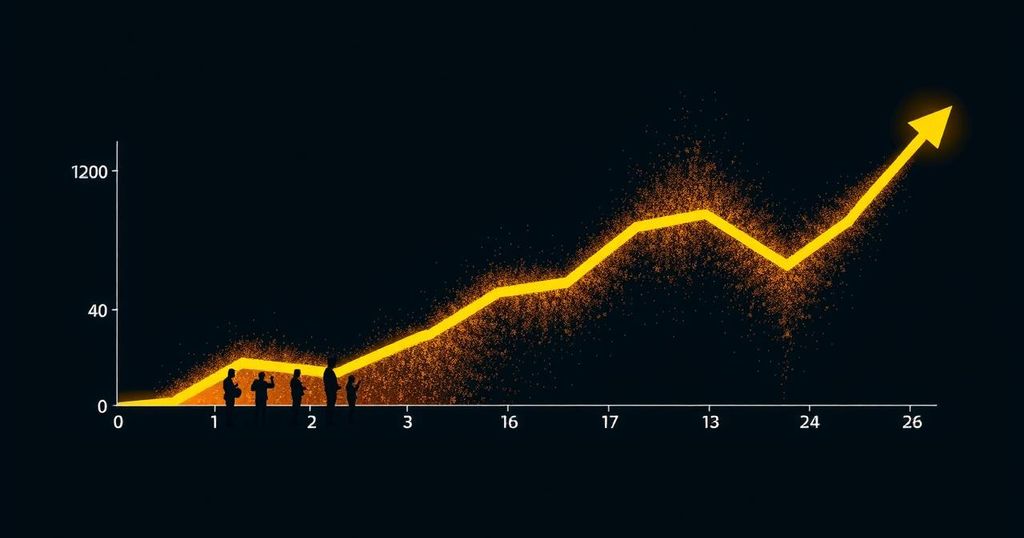Bitcoin Miners Get Some Breathing Room as BTC Difficulty Adjusts Downward
In the most recent update to the Bitcoin network, data indicates that the mining difficulty has decreased by over 4%. This significant change in the “mining difficulty” metric has an impact on the speed at which miners can mine blocks on the BTC blockchain. The network undergoes an automatic adjustment roughly every two weeks, leading to fluctuations in this important indicator.
Understanding the purpose of this difficulty adjustment is crucial to interpreting its impact. Essentially, the difficulty metric serves as a regulatory tool for controlling Bitcoin’s inflation. Since the only way to increase the BTC supply is through mining new blocks, the rate at which miners hash these blocks directly affects the cryptocurrency’s supply growth. To maintain control over the asset’s inflation, the network adjusts the difficulty to constrain the rate at which miners can hash new blocks.
For example, when miners increase their total computing power (hashrate), they can mine blocks at a faster pace, which is not aligned with the desired speed of one block every ten minutes. As a countermeasure, the BTC network adjusts the difficulty to slow down miners to achieve the optimal block processing rate.
Recent data reveals that the BTC network’s difficulty has decreased by over 4% in the latest adjustment. This downward trend follows a sharp positive change in the previous adjustment, suggesting that the network was reacting to miners becoming significantly faster. The 7-day average mining hashrate also surged to a new all-time high before the difficulty increased, indicating the pressure that miners were experiencing due to the large difficulty spike.
On the positive side, the downward difficulty adjustment could improve conditions for miners, relieving some of the pressure from the previous spike. However, it also means that when new miners join the network, the revenue share for all miners decreases, as the block subsidy remains constant.
In terms of BTC’s price, it is currently trading at around $58,500, marking a decrease of over 2% in the past week. The asset’s price appears to be consolidating in recent times, reflecting the overall stability and readjustment in the mining landscape.
In conclusion, the recent downward adjustment in Bitcoin’s mining difficulty has provided some relief for miners, following a period of heightened pressure. As the network continues to undergo automatic adjustments, it is essential for miners and investors to monitor these changes and their implications for the cryptocurrency market.








Post Comment